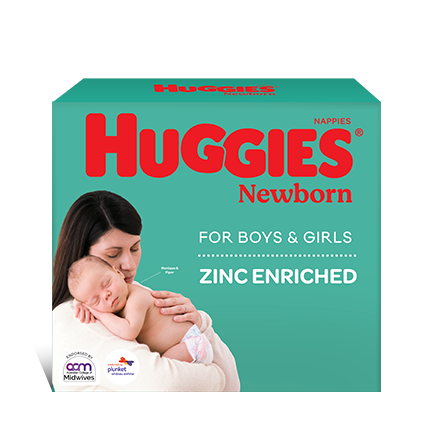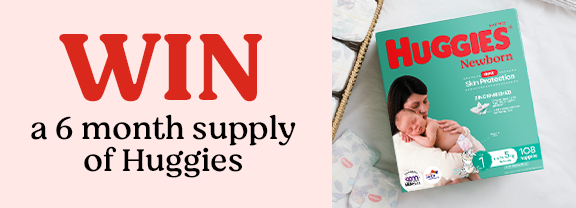Before reading the information contained in this chart, make sure you are aware of the basics of DRABC as outlined by St John Ambulance in the section St John Ambulance Resuscitation Chart. You may need to use these techniques in one of the following situations.
| Event and Recognition | First Aid | Actions |
|---|---|---|
| Unconscious No response when roused. |
Follow the DRABCD of First Aid as set out in the St John Resuscitation Chart. | Call an ambulance. AUS “000” NZ “111” |
| Drowning Breathing and heart may have stopped |
* Lift the child out of the water and carry with the head lower face up or down than the chest to reduce the risk of inhaling water. * The unconscious child: * Assess child’s condition and be prepared to resuscitate. * Place in the recovery position. * Remove any wet clothing. * Cover with a towel or blanket. |
Note: Take the child to hospital even if they seem recovered as any inhaled water may have caused lung damage. |
| Electrical Injury * May cause breathing and heart to stop. * Burns where the current entered and left the body. * May still be tightly gripping the cable. |
* Break the contact by switching off the current at the mains. * If you cannot switch off the current, stand on dry insulating material such as telephone books. Use a wooden broom handle to push the child’s limbs away from the source. Do not touch the child’s skin. * Wrap a dry towel around the feet and pull them away. |
* If the child seems unharmed, make them rest and observe their condition. Seek medical advice. * Continue to monitor their condition and be prepared to resuscitate. * Cool any burns with cool water. |
| Head Injuries The brain may be “shaken” by a violent blow causing concussion. Recognising concussion: * Brief loss of consciousness, dizziness or nausea on recovery. * Loss of memory of immediately preceding events. * A mild headache. |
The Conscious Child * Treat any wound or bump with a cold compress. * Watch for any abnormal behaviour. * Seek medical advice. Child who regains consciousness quickly * If your child has been “knocked out”, even briefly, call a doctor and seek medical advice. * Make the child rest and watch closely. If they have not recovered completely within 30 minutes, call an ambulance. The Unconscious Child * Follow the DRABCD of First Aid and call an ambulance. Review the St John Chart. |
If unconscious call an ambulance. AUS “000” NZ “111” |
| Shock * Recognising shock: * Pale, cold and sweaty skin, tinged with grey. * A rapid pulse becoming weaker. * Shallow, fast breathing. * Later signs include: * Restlessness, yawning, and sighing. * Thirst. * Loss of consciousness. Note: The most likely cause of shock in a child is serous bleeding or a severe burn or scald. |
* Lay the child down flat, keeping the head lower than the chest. * Call an ambulance. * Raise legs, on pillows, to higher than the heart level. * Loosen any tight clothing. * Give constant reassurance. Encourage the child to talk or answer questions. * Cover with a light blanket to keep warm and observe breathing rate and skin colour. * Keep monitoring the pulse rate. * Be prepared to resuscitate. |
Call an ambulance AUS “000” NZ “111” |
For more information see Kid’s first aid or Parenting
Last Published* May, 2024
*Please note that the published date may not be the same as the date that the content was created and that information above may have changed since.























